Zoos are outdated and cruel – it’s time to make them a thing of the past
Zoos do not play a significant role in the conservation of wildlife, their claims to educate are exaggerated and their research is compromised. Leading conservationist Damian Aspinall reckons it’s time to phase them out

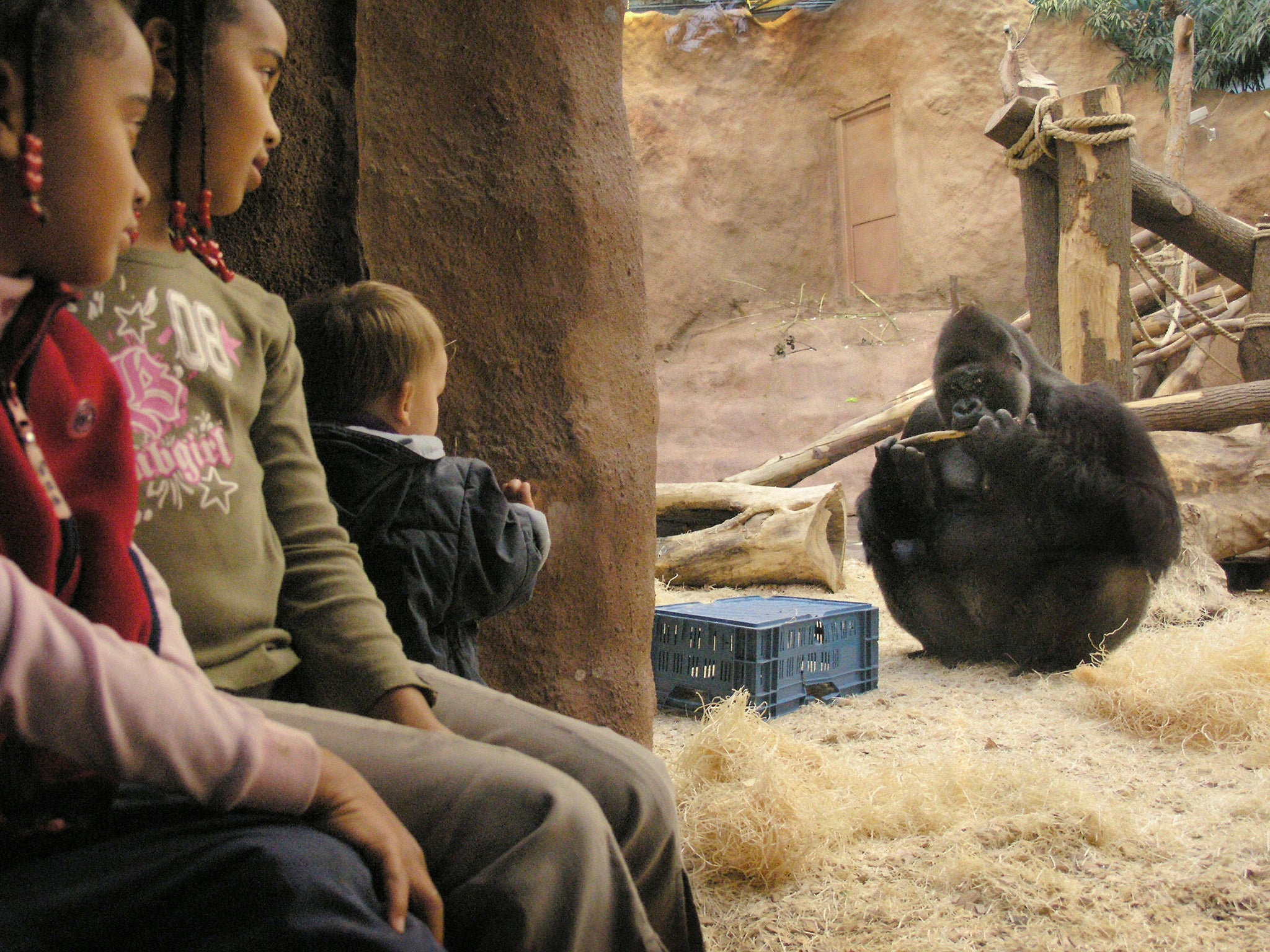
Zoos worldwide justify their existence through three objectives: conservation, education and research. But that is what zoos want you to believe; the reality is completely different. We know this because we’re responsible for two wildlife parks and have been in this business for more than 40 years. Our fundamental belief is that there is no need for any wild animal to be in captivity in a zoo.
We believe there is a better, more honest way forward. We’re not suggesting that they close straight away, we appreciate this is not a viable option. However, we are suggesting that a plan is put in place so that zoos are phased out over a 25- to 30-year period, building up a record of important details about diet, space and reintroduction processes.
Let us start with an assessment and critique of the three principle arguments for zoos, to help us understand what the available data suggests must be done.
Zoos claim one of their main benefits is conservation. However, when studying this in detail it is easy to see this is a myth. For example, in European zoos, 70-75 per cent of animals are not threatened in the wild. Of the approximately 850 mammal species and subspecies held in European zoos, 500 are assessed as of least concern on the International Union for the Conservation of Nature (IUCN) red list, and only 45 (5 per cent) are critically endangered. Of those 45 critically endangered, we estimate as few as three are actually viable when taking into account the issues of hybridisation, disease and genetic diversity.
There are more than 5,700 species of all animal classes held by members of the European Association of Zoos and Aquaria alone, which represents only about 8 per cent of all zoos in Europe, but only a little over 200 of these species are in managed breeding programmes. This means that, by their own admission, around 95 per cent of animals in European zoos are not important or relevant enough to merit breeding programmes, and almost all have the same issues: hybridisation, low levels of genetic diversity, and disease.
Zoos want us to believe that one of their main functions is educating the public on conservation. The question we have to ask is: where is the evidence of this? For decades they have argued that seeing live animals helps educate and mobilise the next generation of conservationists. However, it appears that unguided zoo visits result in improved biodiversity knowledge in only one-third of visitors, that professional zoo-educators can have better results in increasing biodiversity knowledge when working in schools rather than within a zoo, and that improved biodiversity knowledge from zoo visits has only a weak link with increased knowledge of pro-conservation behaviour.
And knowledge of pro-conservation behaviour is a long way from being an active conservationist. In our experience, we estimate that 99 per cent of the visitors who come to our parks come for an enjoyable day out, but as little as 1 per cent get newly enthusiastic about conservation. However, that doesn’t mean 1 per cent become actively involved. Besides, if they do it’s having no effect given the state of wildlife depopulation and deforestation around the world. In our view, keeping hundreds of thousands of animals in captivity, just so that a minuscule percentage of people might become active conservationists, is far too high a price to pay.
Secondly, and far more dangerous, we are actively perpetuating and teaching the next generation to regard zoos as a completely acceptable part of our society and an unproblematic participant in wildlife conservation, which is clearly not the case. We need to focus the next generation’s attention on in-situ conservation alone.
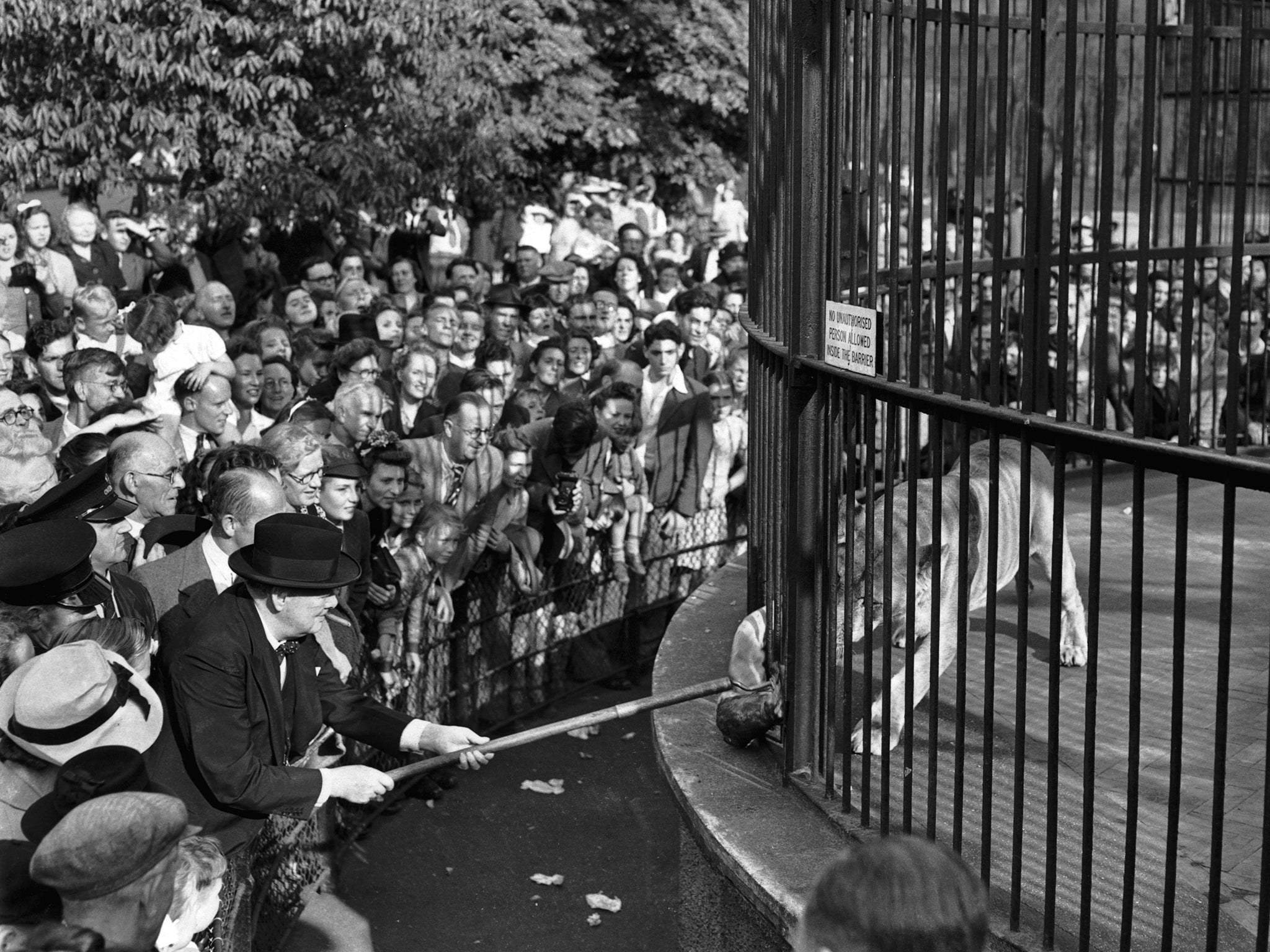
There is a myth that you only get the benefits of conservation by having the animals in captivity. This is clearly not the case. Take the plethora of sublime wildlife documentaries that are so much more informative, such as David Attenborough’s work. Attenborough’s programmes are far more educational than a day trip to a zoo, and have also probably provided more information for animal research than that which was carried out at zoos. If you can get a master’s degree in palaeontology without having living dinosaurs to study, clearly you can be passionate about wildlife conservation without visiting a zoo.
We recommend that education regarding in-situ wildlife conservation must be part of the national curriculum, including the reality of zoos and their limited role in conserving species. This will be far more effective than zoo-based conservation education. There certainly can’t be any justification for holding animals in captivity primarily for research, partly because animals behave differently in captivity to the way they do in the wild.
There is no clear reason why the necessary research couldn’t be done in situ. Moreover, one has to question the effectiveness of research in zoos, considering their failure to effectively deal with disease, hybridisation and genetic viability with the species in their care. Indeed, some people seem to consider research as conservation, but clearly they are separate, research can be relevant to conservation but in itself is not conservation.
Zoos argue strongly the importance of holding their species in captivity, in order to provide a bank or animal “ark” to hedge against extinction. This is another myth. We have recognised that only 5 per cent of these animals are critically endangered in the wild, with perhaps as few as three critically endangered mammals that are truly viable in European zoos.
So why are zoos arking all these thousands of other animals? A huge number of these species are hybridised, inbred or diseased, so again, why are they being arked? More importantly, zoos must ask themselves two questions: firstly, at what point is an animal so threatened it may need to be put in some form of captivity for breeding, and secondly, if so, why is this not done in situ? An example is the mountain gorilla; in 1981 their population was just 242, today it’s closer to 1,000. This is in the country of Congo, surrounded by aggressive habitat destruction, civil war and poaching, and all done without any captive breeding. If zoos truly believe they are acting as a modern-day ark for an endangered species, why not actively pursue reintroduction programmes for the species they manage?
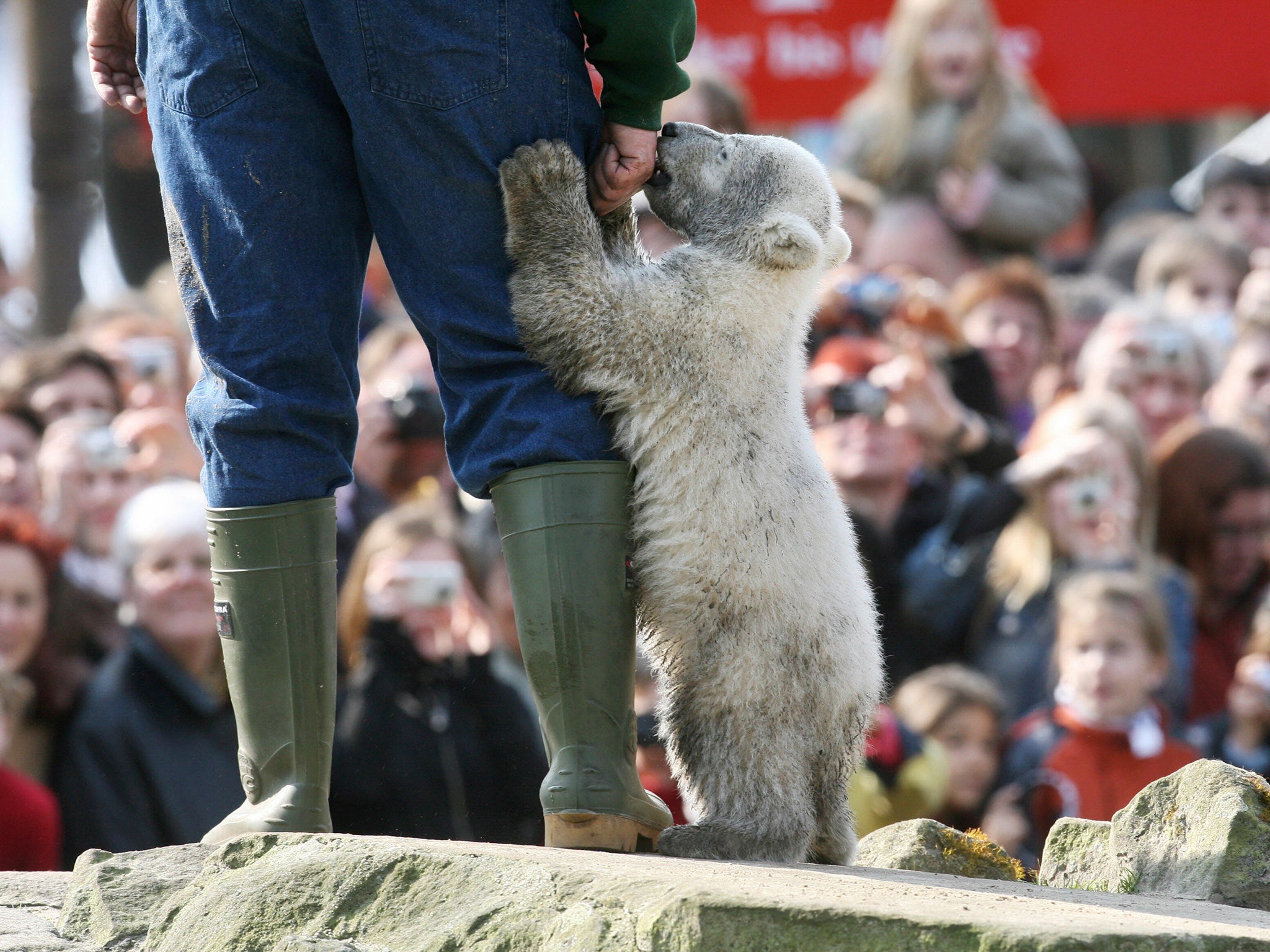
History shows captive-born animals have made contributions to improved wild status of only a handful of mammal species. European bison, Przewalski’s horse and Arabian oryx have all been brought back from extinction using zoo-bred animals, but the list is short. Only a small number of animals held by European zoos have been the subject of release projects, less than 5 per cent of mammal species held, and a third of those are species not considered threatened at a global scale. Even when captive breeding is used in reintroduction projects, zoos are often not considered appropriate for undertaking the captive breeding, with other facilities preferred.
In our experience, there is an ingrained general belief in zoos that these animals belong in zoos for the reasons stated above and cannot be rehabilitated back into the wild, as they have been institutionalised and lost their natural instincts… so why are they arking them? Although we acknowledge that in some cases rehabilitation and release into the wild may not be possible, we have shown that it is possible.
Zoos will also often claim conservation can’t be done in situ because of cost, poaching and habitat destruction. But again, the Aspinall Foundation has proven otherwise, and often against the expectations of the zoo community. The foundation has successfully released into the wild captive-born animals of several species, including the western gorilla, black rhino, Javan gibbon, Javan langur, grizzled langur, brown hyena, Przewalski’s horse and European bison. The release sites have long-term protection and the animals are monitored for many years.

A good example of an animal successfully reintroduced and protected in the wild is the gorilla. Even though gorillas are critically endangered, and western gorillas are one of the few critically endangered species with viable captive populations in Europe, there are estimated to be between 250,000-300,000 gorillas (of both species) in the wild. This reinforces our view that the gorilla population is clearly not at the tipping point where there is any need to hold them in captivity. We have been reintroducing them successfully back into the wild for more than 30 years, with over 70 released and 30 births. Even if the population reached an alarmingly low level, it would still be possible to conserve the species in situ rather than in zoos.
Another example is the greater bamboo lemur, one of the rarest primates on the planet. The implementation of the Aspinall Foundation community based species survival programme for this critically endangered species in Madagascar has resulted in the species recovering from only 100 wild individuals to more than 1,000, after a decade of community based conservation. Consequently, the greater bamboo lemur has been removed from the list of the 25 most endangered primates in the world. If these 100 individuals had been arked by zoos to begin with then their recovery in the wild would never had taken place.
The problem of poaching in the wild is common knowledge, and zoos use this as an excuse to hold elephants in captivity. However, what zoos don’t tell you is the complexities of managing African elephants in captivity, and the associated problems of space for holding males. In European zoos this means they simply cannot breed enough elephants to maintain a sustainable elephant population. Ironically, the captive population looks like it will go extinct faster than the wild population.
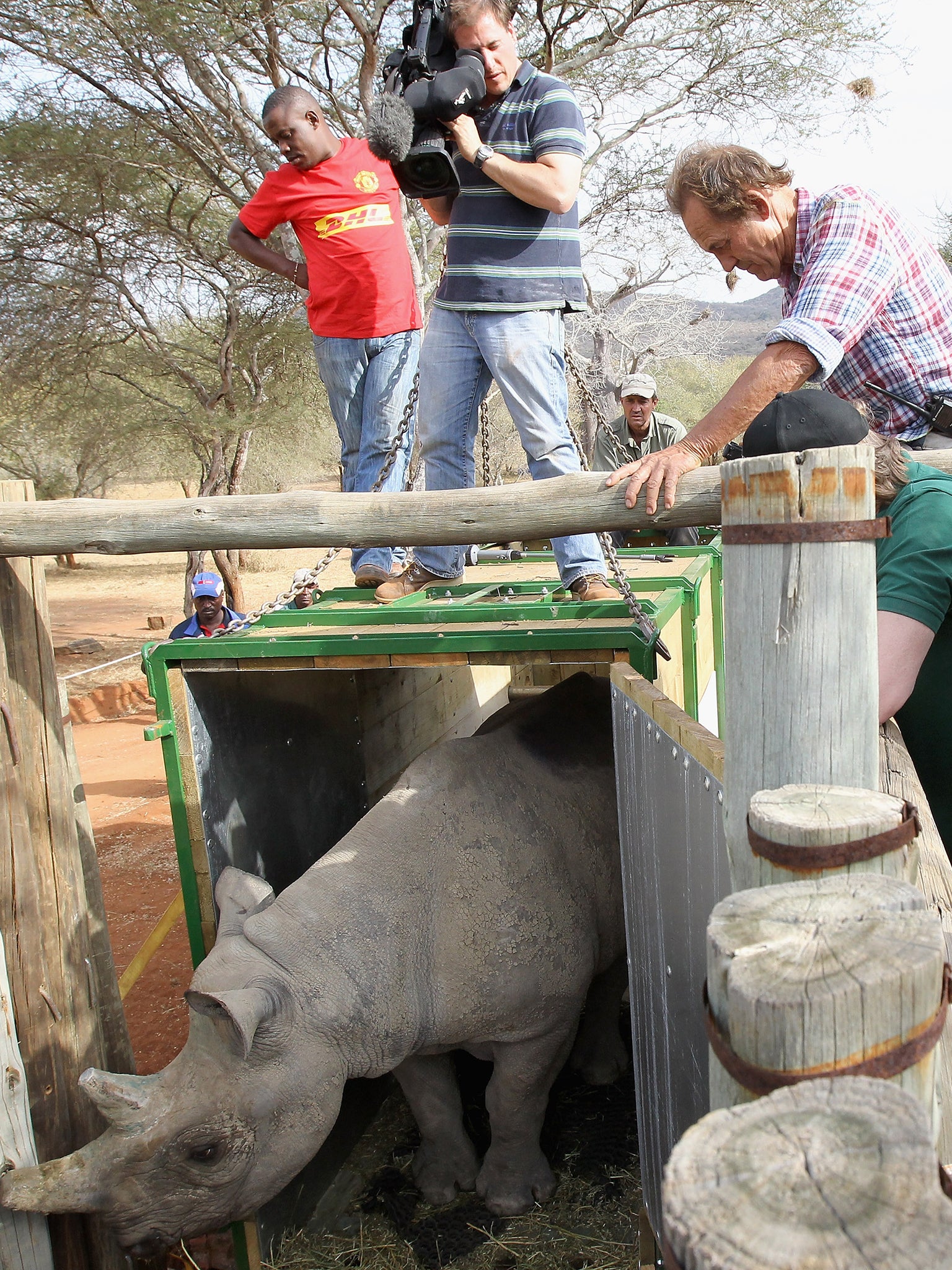
By contrast, there are more than 20,000 African elephants in protected reserves, private and public in South Africa alone, with very little poaching. In the US, zoos face a similar situation, and so are even now trying to import additional wild-born elephants from Africa. This highlights the general zoo mentality of wildlife import, and in effect consumption, being prioritised over in-situ conservation.
A further problem with the argument for the animal ark is the money wasted on building animal enclosures. To date, zoos have spent hundreds of millions of pounds on building new enclosures, often for animals that are not even endangered, and in most cases it is for the benefit of the public, not the animal. It has been known for a zoo to spend upwards of £6-10m of charitable funds on enclosures to hold two-to-four large carnivores – surely this money would be better spent protecting more than 100 tigers in situ for 10 years.
To make matters worse, these zoo enclosures are often built for a human-centric visitor experience rather than for the welfare of the animals. Often there is no privacy for the animal, and a lack of space, which leads to the mental stress disorders so common in captive animals. There are far too many examples of misalignment of funds to list, so the simple question is: with the money zoos raise through charitable means, is this better spent on a new enclosure, or protecting wildlife and habitat in situ? The answer is obvious.
* * *
Until the mid-1980s there was no breeding programme that dealt with the issue of subspecies and genetic purity. Over many generations, individuals from different subspecies and sometimes from the same genetic lines were bred together without any coherent strategy. As a consequence, today, there is no accurate history or accurate genetic lineage for many species and subspecies, which makes it impossible for many of these species and subspecies to have any conservation value at all.
While zoos have become aware of this recently and are trying to phase out hybridisation, the fact is this affects the vast majority of animals in captivity and is impossible to rectify. What zoos don’t want you to know is that a great number of captive species carry some form of disease that again negates any conservation value and precludes them from ever being reintroduced to the wild. Zoos have no obligation or incentive to be transparent about these vitally important issues.
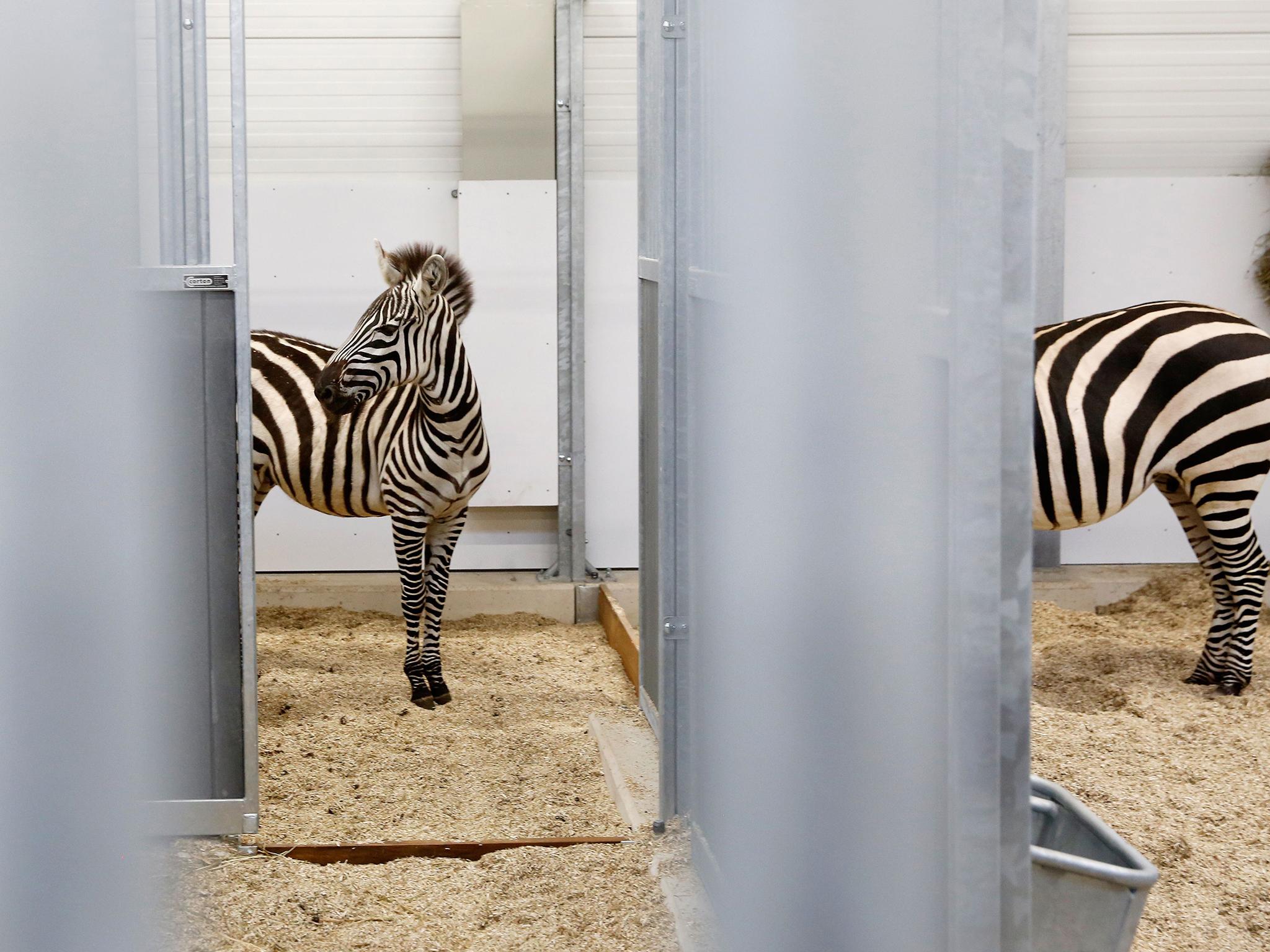
We have struggled to find more than a handful of worthwhile species in the entire worldwide collection, amongst the thousands held in captivity, that have any true conservation value. Other people have come to similar conclusions, even when looking only at viability issues. So again, we ask the question: what’s the point of keeping these animals and continuing to breed them when there is zero conservation value? The reason is these animals’ value is for public display and for profit.
* * *
We propose a plan to phase out zoos over a 25- to 30-year period, starting with certain species clearly not suitable for captivity. In the next 10 years small urban zoos, or any zoo 50 of acres or fewer, should be considered for closure. The reason for this is simply the smaller the space, the greater the stress on the animal. This is common knowledge. If animals are to be kept in captivity for the next 30 years, then serious improvements in husbandry and welfare of animals in zoos needs to be implemented. We believe the diet of animals in captivity is generally substandard with a lack of variety and quality, which must be quickly improved. While zoos have certainly improved over the years with enrichment, there is still much more to be done.
We know that what we are suggesting will not be popular in the zoo world. However, it is our wish to work together to form a collaborative view on an honest and best way forward. If zoos oppose these views then we invite them to respond and list all the reasons why they keep each of their species, how they are dealing with disease, hybridisation and non-viable populations in a conservation context, and to justify all the money they spend on enclosures.
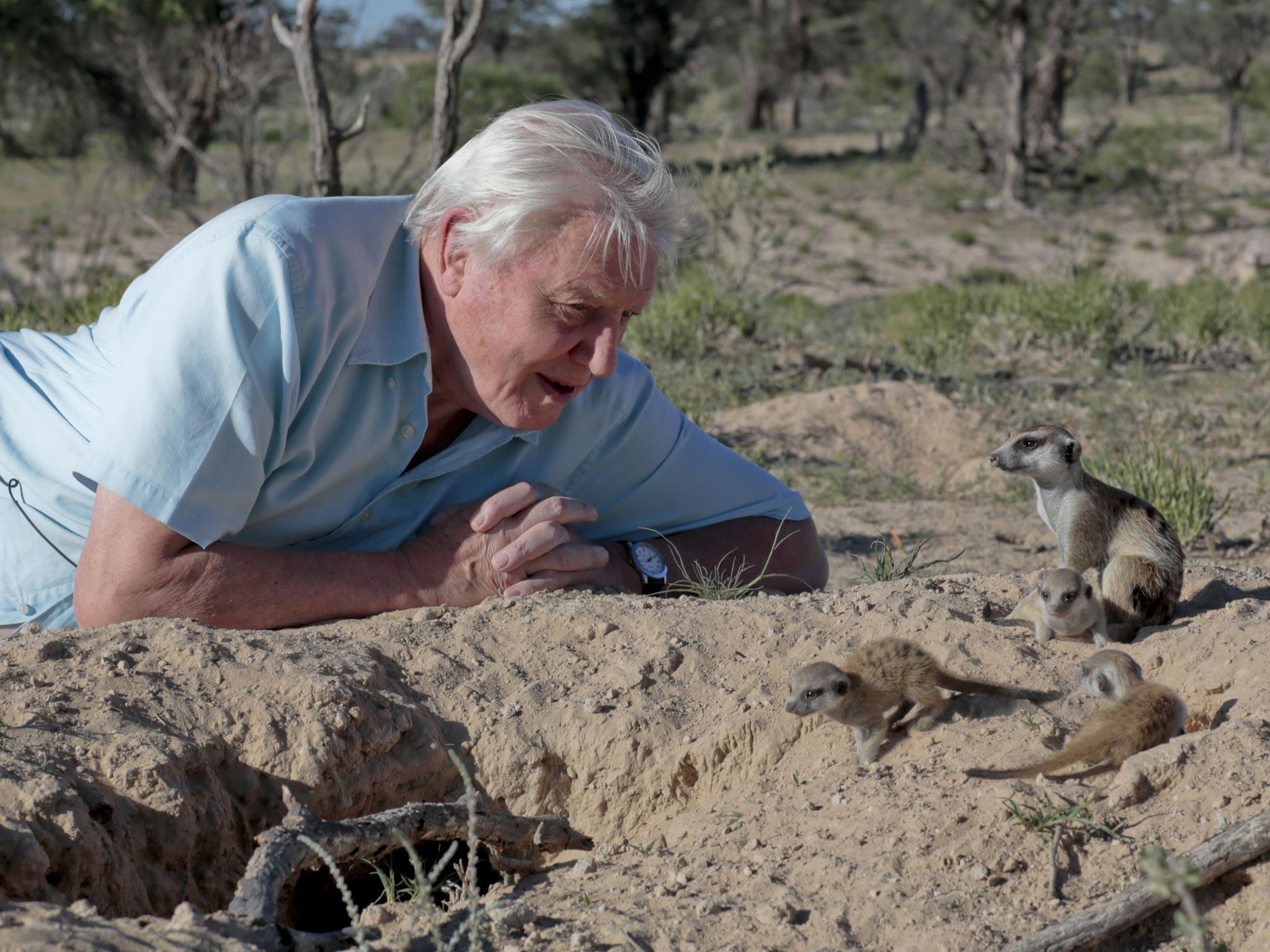
The Aspinall Foundation has learnt much in regard to animal reintroductions over the last few years, and we try to pass our knowledge on, but all too often conventional thinking in zoos denies this possibility. As a consequence, we have made very little progress in convincing other institutions that reintroductions are a viable conservation tool at their disposal. The Aspinall Foundation believes that many animals, threatened and non-threatened, that are currently in captivity could be found homes in the wild or semi-wild. Our experience has shown that animals once thought impossible to be reintroduced back into the wild can be, if the necessary commitment and resources are in place.
The added conservation value includes the protection for the whole reintroduction site. The foundation protects more than a million acres over the Bateke plateau, which spans the borders of Congo and Gabon, and by reintroducing a key stone species like the gorilla, this provides umbrella protection for iconic species such as elephants, chimpanzees, forest buffalo and lions
The foundation has worked on similar reintroduction projects across the world with the black rhino, Javan gibbon, Javan langur, grizzled langur, European bison, brown hyena and Przewalski’s horse. We have organised in-situ research to help guide conservation and reintroduction decision-making, and have developed community based conservation projects in Madagascar that conserve several of the most endangered species on the planet through cost-effective in-situ work without resorting to captive breeding. Conservation and reintroduction efforts are at the core of the foundation’s thinking and planning, and should also be for all zoos globally.
It’s obvious to me that zoos don’t satisfy the criteria they use to justify their continued existence: they do not play a significant role in the conservation of wildlife, their claims to educate are exaggerated, zoo research is compromised and better done in the field. If a total of only a handful of species held in zoos can be used as a hedge against extinction in the wild (after disease, genetic bottle-necking and hybridisation are taken into consideration), what is the point of “arking” the thousands of other species held captive? In order to focus on the very real threat of extinction of wildlife around the world, we should hasten the extinction of Homo Zoorocratus.
We will continue to lead the world in reintroductions of zoo-born mammals and will release further species back to the wild. The foundation acknowledges that despite our own best efforts there are inconsistencies or hypocrisies in our own work. We accept that within our own establishments we suffer from the same problems described above, as do other institutions, but we are owning up to the problems and we are committed to deal with the issues.
We will continue work on researching relevant issues such as genetics and disease risk, and we will invest at least 10 per cent of the value of gate receipts into in-situ projects. We recognise and value the great work of the dedicated zoo keepers around the world, who are all passionate about animal welfare and conservation. We will continue dialogue with them and help them to ask questions about the real contributions of zoos to conservation
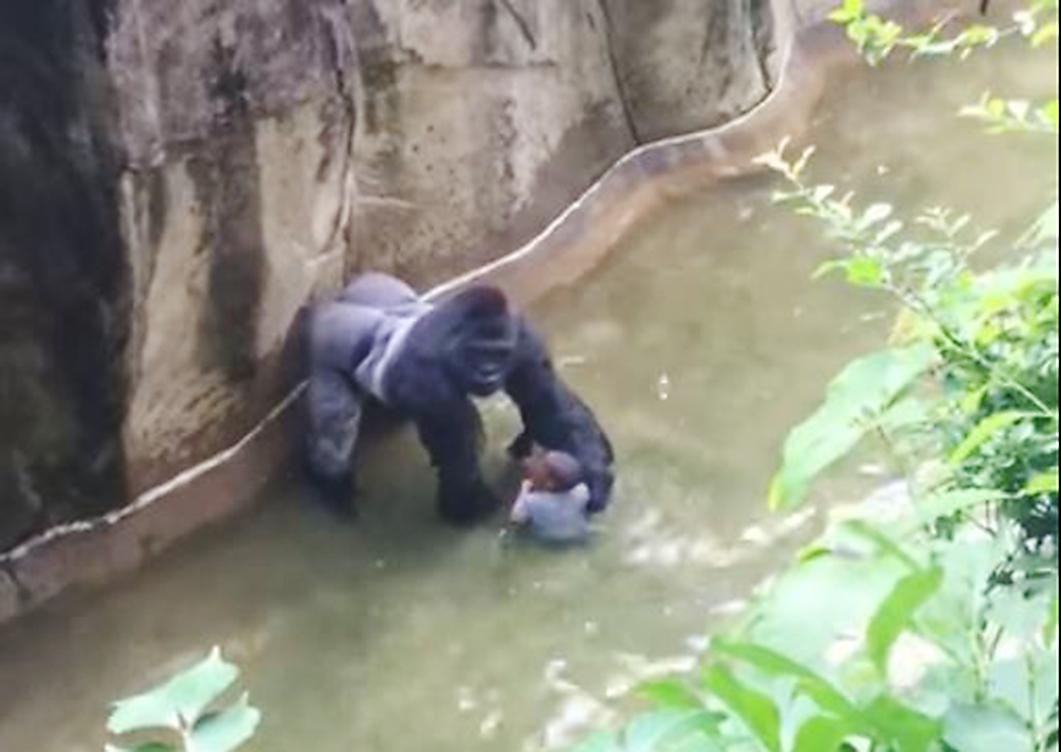
Zoo regulation should not be undertaken by “zoo people”, but by external experts including wildlife conservationists. To obtain a zoo licence, it is our recommendation that zoos must do the following: all species in zoos that are not extinct in the wild or critically endangered should be phased out over the next 20 years, as well as any species with disease, hybridisation or lack of genetic viability. Every zoo should have an active reintroduction programme of the species they keep, and should phase out the species for which they have no reintroduction programme. In 10 years or less, urban zoos, or zoos less than 50 acres, should be closed, or only hold a maximum number of species of individual animals.
All health records, as well as hybridisation issues, should be open, transparent and made clear to the public, and full genetic profiles should be built up of all species. The public should be made aware of the animals that are not critically endangered. All animal shows must stop immediately. No animal can be locked out on permanent public display and must be given decent areas of privacy.
We recommend guidelines are put in place immediately to provide all animals with privacy and not to be locked out for extended periods to avoid stress. Animal training for research or veterinary reasons has to have specific goals and guidelines to avoid unnecessary interference in their natural behaviour. A minimum of 10 per cent of zoo gate receipts must be directly invested in in-situ conservation projects, including mandatory funding of in-situ conservation for species they hold and discretionary funding of other conservation efforts, all of which must be fully transparent. Zoos must justify that any amount over £250,000 spent on new enclosures is not better spent on protecting the wild.
If zoos are so abysmal, why do they still exist on such a large scale? The answer is simple. Zooreaucracies and zoo-rocrats have a stamp collector’s mentality and an appetite and preference to please the public with iconic and non-threatened species, leading to their needless captivity and “consumption” for entertainment.
In other words, the public come first and not the animals. Is that conservation? Zoos don’t want you to know these facts because it would expose the fundamental flaws in the arguments they put out for their existence, and as a consequence merely prove that they’re in the conservation of business and not in the business of conservation.
Damian Aspinall is a British businessman and conservationist; he runs the Aspinall Foundation and is notable for his work with gorillas in east Africa
Join our commenting forum
Join thought-provoking conversations, follow other Independent readers and see their replies
Comments
Bookmark popover
Removed from bookmarks